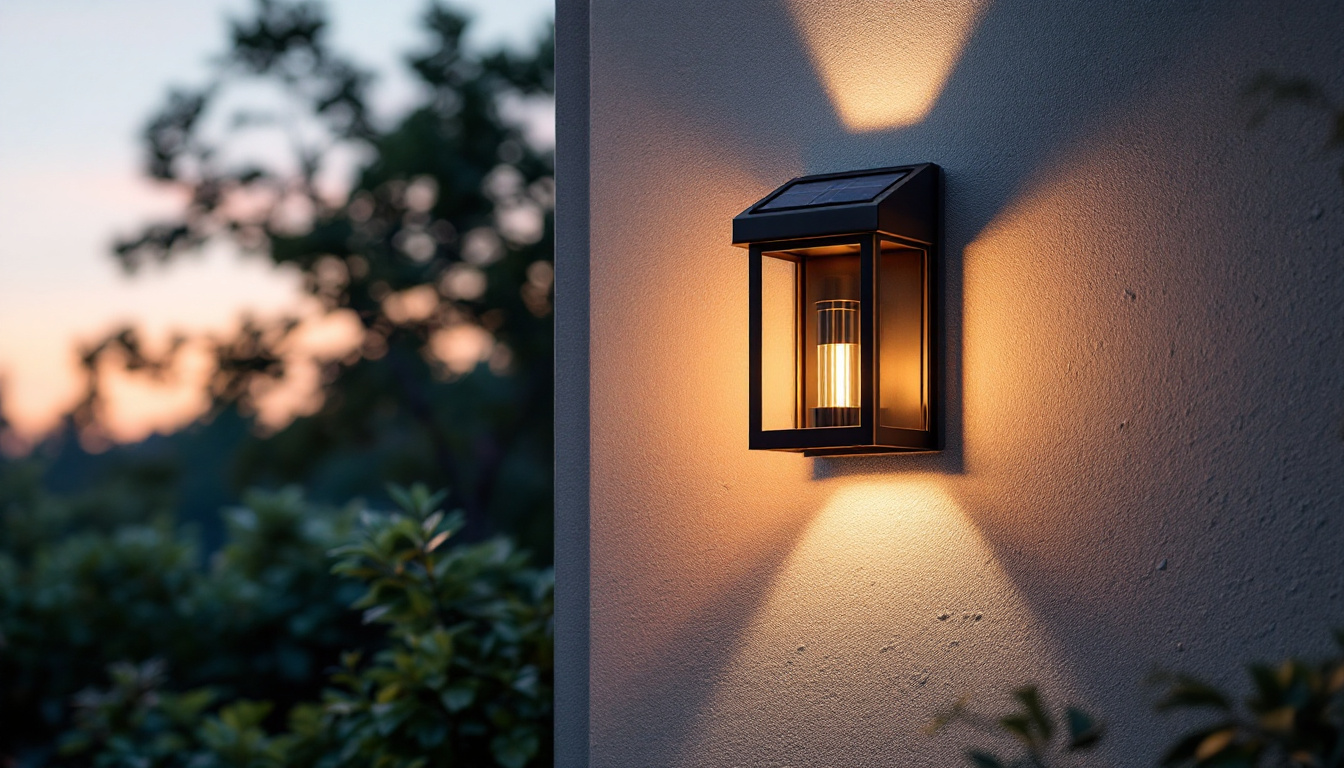
Fluorescent lamps have long been a staple in commercial and industrial lighting applications. Among the various types, the 4-foot fluorescent lamp is particularly popular due to its versatility and efficiency. However, even seasoned lighting contractors can fall victim to common mistakes when working with these lamps. Understanding these pitfalls can lead to better installations, satisfied clients, and ultimately, a more successful business.
Before diving into the common mistakes, it’s essential to grasp the fundamental characteristics of 4-foot fluorescent lamps. These lamps typically come in various types, including T8 and T12, each with its own specifications and applications. The choice between these types can significantly impact the performance and energy efficiency of a lighting system. T8 lamps, for instance, are known for their superior energy efficiency, often consuming less power while providing the same or greater light output compared to T12 lamps, making them a popular choice for modern installations.
4-foot fluorescent lamps are often used in offices, warehouses, and retail spaces. They provide a broad spectrum of light, making them suitable for various tasks. However, the effectiveness of these lamps can be compromised if not installed or maintained correctly. Regular maintenance, such as cleaning the fixtures and replacing worn-out lamps, can enhance their longevity and performance. Furthermore, the placement of these lamps is crucial; strategic positioning can maximize light distribution and minimize shadows, creating a more productive environment.
There are primarily two types of 4-foot fluorescent lamps: T8 and T12. T8 lamps are more energy-efficient and have a smaller diameter than T12 lamps. This difference in size also affects the ballast required for each type. Understanding these distinctions is crucial for contractors to ensure compatibility and optimal performance. T12 lamps, while still in use, are increasingly being phased out in favor of T8 due to stricter energy regulations and a growing emphasis on sustainability.
Additionally, there are variations in color temperature and lumen output among different models. Contractors must be aware of these specifications to meet the specific lighting needs of their clients. For example, a cooler color temperature (around 5000K) can enhance focus and alertness in workspaces, while warmer temperatures (around 3000K) create a more inviting atmosphere in retail settings. This flexibility allows contractors to tailor lighting solutions that not only meet functional requirements but also enhance the overall aesthetic of the space.
Ballasts play a critical role in the performance of fluorescent lamps. They regulate the current to the lamp and provide the necessary voltage to start the lamp. Choosing the wrong ballast can lead to flickering lights, reduced lifespan, and inefficient energy use. Contractors must ensure that the ballast matches the lamp type and wattage to avoid these issues. Moreover, advancements in technology have led to the development of electronic ballasts, which offer improved efficiency and reduced noise compared to traditional magnetic ballasts. These electronic options can also extend the lifespan of the lamps, making them a worthwhile investment for any lighting installation.
In addition to compatibility, the installation of ballasts requires careful attention to detail. Proper wiring and secure connections are vital to prevent electrical issues that could compromise the lighting system’s performance. Furthermore, understanding the specific requirements of the lighting environment, such as temperature fluctuations and humidity levels, can influence the choice of ballast. By considering these factors, contractors can ensure a reliable and efficient lighting solution that meets the demands of various applications.
Even experienced lighting contractors can overlook critical details when working with 4-foot fluorescent lamps. Here are some of the most common mistakes that can lead to poor performance and client dissatisfaction.
One of the most frequent errors is neglecting to check the compatibility between the lamp and the ballast. For instance, using a T8 lamp with a T12 ballast can lead to suboptimal performance. The difference in wattage and electrical characteristics can result in flickering, reduced light output, or even damage to the lamp.
Contractors should always verify that the ballast is suitable for the specific type of fluorescent lamp being installed. This step is crucial for ensuring a reliable and efficient lighting system. Additionally, understanding the differences between electronic and magnetic ballasts can further enhance performance. Electronic ballasts, for example, can provide better energy efficiency and reduce flickering, making them a preferable choice in many applications.
Proper installation is vital for the longevity and performance of 4-foot fluorescent lamps. Many contractors may rush through the installation process, leading to improper mounting or incorrect wiring. This oversight can cause issues such as flickering lights or even complete lamp failure.
It is essential to follow the manufacturer’s installation guidelines meticulously. Ensuring that the lamps are securely mounted and that all electrical connections are tight can prevent many common problems. Furthermore, contractors should consider the environmental factors of the installation site, such as temperature and humidity, which can affect the performance of fluorescent lamps. For instance, extreme temperatures can shorten the lifespan of the lamps and should be taken into account when selecting the right fixtures and installation methods.
Light distribution is another critical aspect that contractors often overlook. The placement of 4-foot fluorescent lamps can significantly affect the overall lighting quality of a space. Poorly positioned lamps can create shadows or uneven lighting, which can be detrimental in settings like offices or retail spaces where visibility is crucial.
Contractors should conduct a thorough assessment of the space before installation. Utilizing lighting design software can help visualize how light will be distributed and assist in making informed decisions about lamp placement. Additionally, considering the color temperature of the lamps can also enhance the ambiance of the environment. For example, cooler color temperatures can promote alertness and productivity in workspaces, while warmer tones can create a more relaxed atmosphere in areas like waiting rooms or lounges. By taking these factors into account, contractors can significantly improve the overall effectiveness of their lighting solutions.
As energy efficiency becomes increasingly important, contractors must be aware of the implications of their choices regarding 4-foot fluorescent lamps. Mistakes in this area can lead to higher energy costs and a negative environmental impact.
One common mistake is opting for older, less efficient fluorescent lamps. T12 lamps, for example, are being phased out in many regions due to their lower energy efficiency compared to T8 and newer LED options. Contractors should educate themselves on the latest technologies and encourage clients to invest in energy-efficient solutions.
By recommending modern alternatives, contractors can help clients reduce their energy consumption and save money in the long run. This not only benefits the client but also enhances the contractor’s reputation as a knowledgeable and responsible professional.
Contractors often fail to educate their clients about the benefits of energy-efficient lighting options. Many clients may not be aware of the advantages of switching to T8 lamps or LED alternatives. By neglecting this aspect, contractors miss an opportunity to provide added value and build stronger relationships with their clients.
Taking the time to explain the benefits of energy-efficient lighting can lead to more informed decisions and increased client satisfaction. It also positions the contractor as a trusted advisor in the field of lighting solutions.
Proper maintenance is essential for ensuring the longevity and performance of 4-foot fluorescent lamps. Contractors often overlook this aspect, leading to premature lamp failure and dissatisfied clients.
One common mistake is failing to establish a maintenance schedule for the lighting system. Regular inspections and maintenance can identify potential issues before they escalate into costly problems. Contractors should recommend routine checks to clients, ensuring that lamps are functioning correctly and that ballasts are in good condition.
Additionally, educating clients about the signs of lamp failure, such as flickering or dimming lights, can empower them to take action before issues become severe. This proactive approach can enhance client satisfaction and reduce the likelihood of emergency service calls.
Fluorescent lamps contain small amounts of mercury, making proper disposal essential. Unfortunately, some contractors overlook the importance of following local regulations for recycling and disposing of these lamps. This oversight can lead to environmental harm and potential legal repercussions.
Contractors should stay informed about local recycling programs and educate clients on the importance of proper disposal. By promoting environmentally responsible practices, contractors can enhance their reputation and contribute to sustainability efforts.
Working with 4-foot fluorescent lamps presents numerous opportunities for lighting contractors, but it also comes with its share of challenges. By understanding the common mistakes outlined in this article, contractors can improve their installations, enhance client satisfaction, and promote energy-efficient solutions.
From ensuring compatibility between lamps and ballasts to educating clients about maintenance and disposal, attention to detail is crucial. By adopting best practices and staying informed about the latest technologies, lighting contractors can position themselves as leaders in the industry, ready to tackle the demands of modern lighting projects.
Ultimately, avoiding these common pitfalls will not only benefit the contractor’s business but also contribute to a more sustainable and efficient lighting landscape for all.
Ready to elevate your lighting installations and avoid common pitfalls? Choose LumenWholesale for your next project. Our extensive range of spec-grade lighting products ensures you have access to the highest quality options at wholesale prices. Say goodbye to inflated markups and hello to reliable, high-performance lighting that meets your needs and exceeds expectations. With free shipping on bulk orders, LumenWholesale is your go-to source for premium lighting solutions that combine quality, affordability, and convenience. Don’t compromise on your lighting projects—click here for Wholesale Lighting at the Best Value and start making a difference today.

Discover effective strategies for training your team in LED light fixture replacement.

Discover essential insights into work lights tailored for lighting contractors.

Discover the must-have tools for lighting contractors in this comprehensive guide.

Illuminate your projects with our comprehensive guide on solar outdoor wall lanterns.